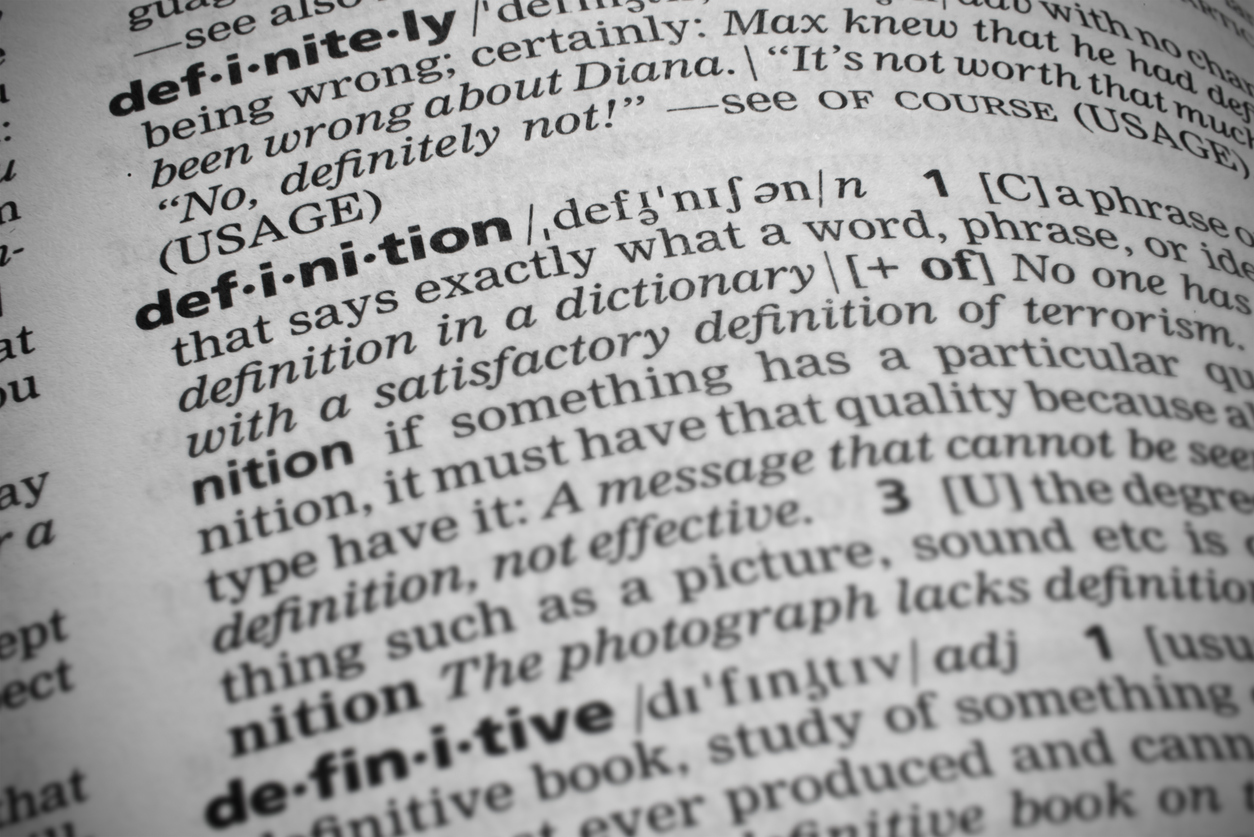Today, the FDA issued a draft guidance titled Definitions of Suspect Product and Illegitimate Product for Verification Obligations Under the Drug Supply Chain Security Act (here). The various terms fall under the general areas identified in the DSCSA as Suspect Product and Illegitimate Product, and this guidance will help clarify how to further identify and classify the issues as far as the Agency is concerned.
The guidance provides definitions for the following terms:
- Counterfeit – Much like you would think of counterfeit currency, this product looks like the real thing but isn’t.
- Diverted – A couple of examples are given but one relates to product after being dispensed to a patient and then returned to the distribution system.
- Stolen – This is pretty self-explanatory.
- Fraudulent Transaction – This could be actual fraudulent transactional data or a simple error made in product tracing, which can be easily resolved.
- Unfit for Distribution – Examples include product stored in unacceptable environmental conditions, such as damage excursions in storage temperatures, which could cause the product to be unfit.
If you are part of the distribution system, you should be familiar with these terms; if you are not, you should still be aware of the terms the DSCSA uses and, more importantly, how the FDA’s thinking is taking shape to define these terms. Because this guidance has been issued in draft, there is a comment period and I expect that trading partners may ask for further clarification of the terms and how they are used.



